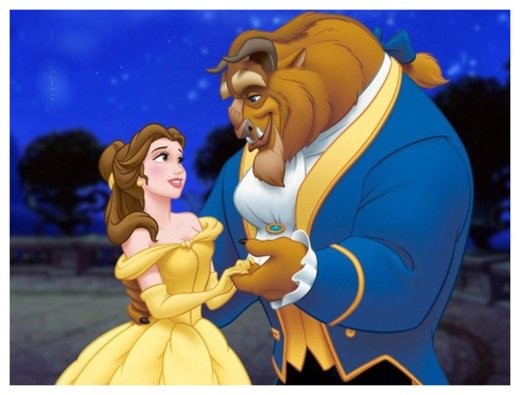When the Brothers Grimm collected fairy tales in the 19th century, Wilhelm suggested that many dated back thousands, rather than the accepted view of just hundreds, of years. Researchers believe they have now proved him right.
While two of the best-known tales, Beauty and the Beast and Rumplestiltskin, were written down in the 17th and 18th centuries, new research using mathematical modelling has traced them back 4,000 years and they are not even the oldest.
The Smith and the Devil is estimated to date back 6,000 years to the Bronze Age. It is the story of a blacksmith who strikes a deal for superhuman powers with a malevolent supernatural being, only to renege on his side of the bargain. Another popular favourite in Jack and the Beanstalk, from the genre of "the boy who stole ogre's treasure", is from around 5,000 years ago.
The report was put together by Sara Graca da Silva, a folklorist from the New University of Lisbon, and Jamshid Tehrani, from the department of anthropology at Durham University, and was published in Royal Society Open Science.
Dr Tehrani said: "It's remarkable that these stories have survived so long without being written down. They are older than the English language and would have been first told in one that is now extinct."
Efforts to investigate the history of folk tales is complicated because they were largely only written down from the 17th century, although there were some earlier stories as well as myths from the ancient Greek and Roman cultures.
Wilhelm Grimm argued that the traditional German tales he and his brother Jacob compiled and first published in 1812 - popularising stories from Cinderella to Hansel and Gretel - had roots in ancient cultures from Scandinavia to South Asia, though many disagreed. Dr Tehrani said: "We have tested Wilhelm Grimm's hypothesis and believe it is accurate."
The findings suggest "a substantial number of magical tales have existed in Indo-European oral traditions long before they were written down".






























































